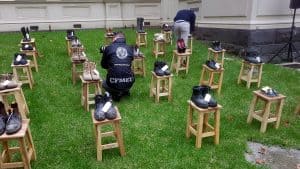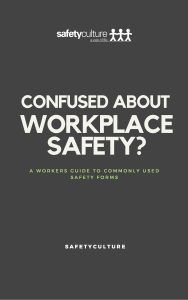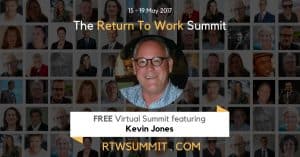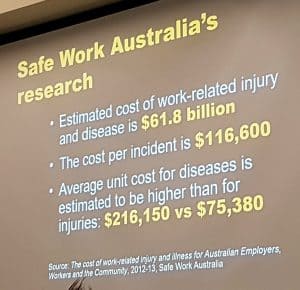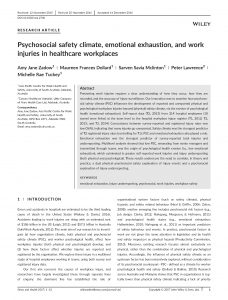 There has been a lot of discussion recently about occupational health and safety (OHS) data. This article is another because the issue is critical for understanding OHS, for planning for the future and managing productivity.
There has been a lot of discussion recently about occupational health and safety (OHS) data. This article is another because the issue is critical for understanding OHS, for planning for the future and managing productivity.
On May 1 2017, the University of South Australia issued a media release about research by Amy Zadow. It opened with the following
“Accidents leading to work injuries cost an estimated $57 billion in Australia and new research from the University of South Australia shows workplaces are unlikely to be adequately addressing injury prevention because management decisions are informed by inaccurate data.”

